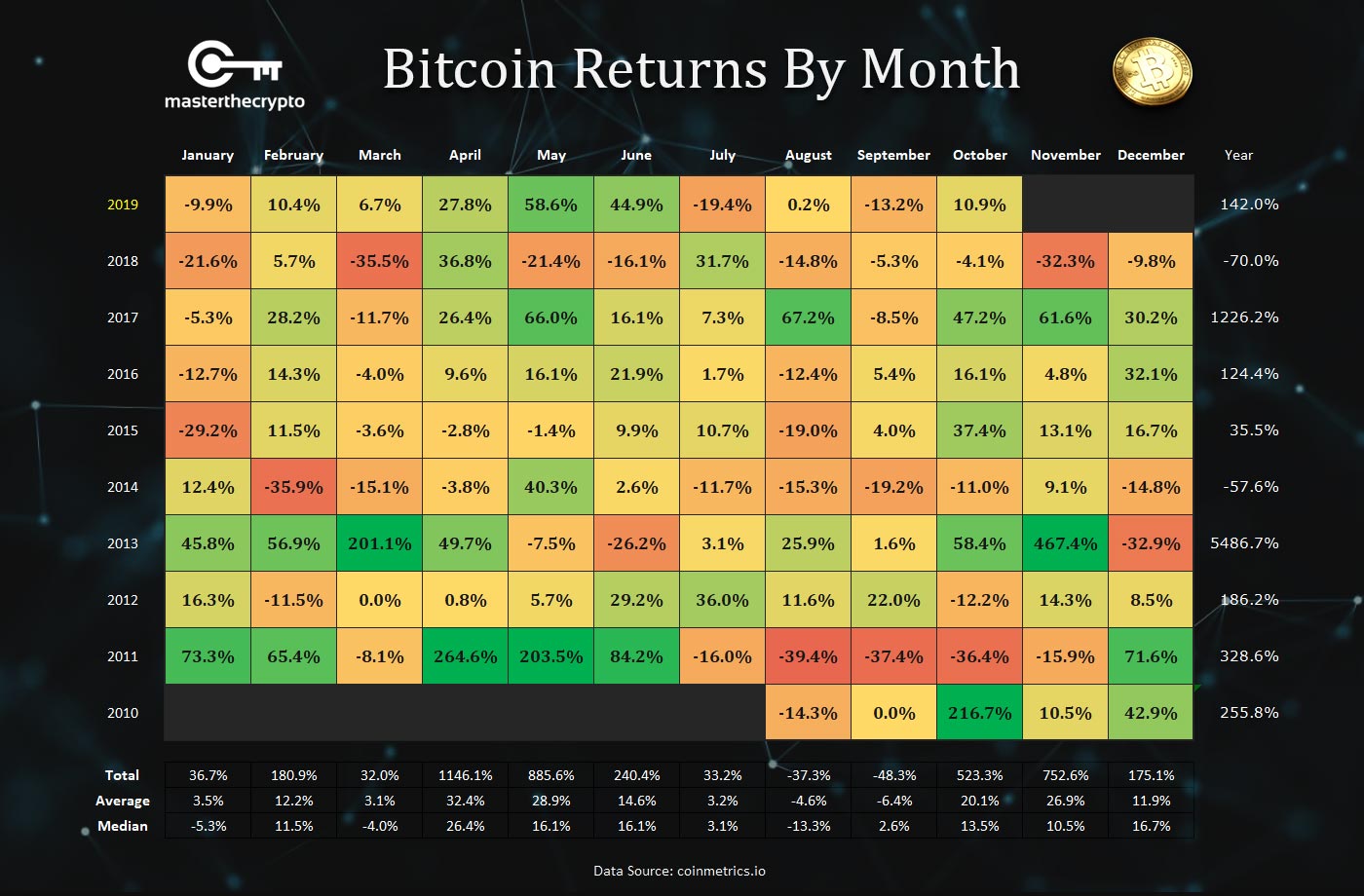Rising Japanese Bond Yields: A Challenge To Economic Stability And Investor Strategies

Table of Contents
Causes of Rising Japanese Bond Yields
Several interconnected factors contribute to the recent surge in Japanese bond yields. Understanding these underlying causes is crucial for predicting future trends and adapting investment strategies.
Impact of Global Inflation
Global inflationary pressures are significantly influencing Japanese bond yields. The unprecedented surge in inflation worldwide has forced many central banks, including the Federal Reserve, to aggressively raise interest rates. This has led to a rise in US Treasury yields, which directly impacts the JGB market due to its interconnectedness with global financial markets.
- Increased demand for higher-yielding assets globally: Investors are seeking higher returns to combat inflation, leading to a shift away from low-yielding Japanese government bonds.
- Weakening of the Yen impacting investor confidence: A weaker Yen reduces the attractiveness of JGBs for foreign investors, further contributing to yield increases.
- Spillover effects from global monetary policy tightening: The tightening monetary policies of other major economies create a ripple effect, influencing investor expectations and driving up Japanese bond yields.
Shifting Bank of Japan (BOJ) Policy
The Bank of Japan's (BOJ) recent policy adjustments have played a pivotal role in the rise of JGB yields. For years, the BOJ maintained an ultra-loose monetary policy, including yield curve control (YCC), to stimulate the Japanese economy. However, the recent shift towards a more flexible approach has allowed yields to rise.
- Gradual unwinding of quantitative easing (QE) programs: The BOJ's gradual reduction of its massive QE program is decreasing its influence on suppressing bond yields.
- Increased tolerance for higher JGB yields: The BOJ has signaled a willingness to accept higher yields, marking a significant departure from its previous policy stance.
- Market reaction to changes in BOJ communication: Changes in the BOJ's communication strategy regarding its future policy intentions have significantly influenced market expectations and JGB yields.
Increased Domestic Demand and Fiscal Spending
Domestic economic factors also contribute to rising yields. Increased government borrowing to fund fiscal stimulus packages and rising inflation expectations have pushed JGB yields upward.
- Rising inflation leading to higher interest rate expectations: Increased inflation in Japan has prompted expectations of higher interest rates in the future, impacting current JGB yields.
- Increased government bond issuance to fund fiscal stimulus: Japan's government has increased its issuance of JGBs to finance various stimulus programs, increasing the supply of bonds in the market.
- Growing investor demand for domestic assets: While some investors are moving away from JGBs, others are increasingly seeking domestic assets, contributing to upward pressure on yields.
Economic Implications of Rising Japanese Bond Yields
The rise in Japanese bond yields carries significant implications for the Japanese economy and its fiscal sustainability.
Impact on the Japanese Economy
Higher JGB yields have the potential to negatively impact economic growth and exacerbate inflationary pressures.
- Higher borrowing costs potentially slowing economic growth: Increased borrowing costs for businesses and consumers could lead to reduced investment and spending, slowing economic growth.
- Impact on consumer spending and investment decisions: Higher interest rates can dampen consumer confidence and lead to decreased spending and investment.
- Potential for increased inflationary pressures: While higher yields can help to curb inflation in the long run, in the short term, they can contribute to increased costs for businesses, potentially leading to further inflation.
Challenges to Fiscal Sustainability
The increased cost of government borrowing poses a significant challenge to Japan's already substantial public debt.
- Rising interest payments on JGBs: Higher yields mean that the Japanese government will have to pay significantly more in interest on its massive debt.
- Strain on government finances: Increased interest payments will strain government finances, potentially limiting its ability to fund other crucial programs.
- Potential need for fiscal consolidation measures: Japan may need to implement stringent fiscal consolidation measures to manage its debt burden and rising interest payments.
Investor Strategies in a Changing Landscape
The rising yield environment requires investors to adapt their strategies to mitigate risks and capitalize on potential opportunities.
Portfolio Adjustments for Rising Yields
Investors need to reassess the risk-reward profile of JGBs and consider diversifying their portfolios.
- Diversification strategies to mitigate risk: Diversification into other asset classes, such as international bonds or equities, can help reduce overall portfolio risk.
- Assessing the risk-reward profile of JGBs: Investors need to carefully evaluate the potential risks and rewards associated with holding JGBs in a rising yield environment.
- Exploring alternative fixed-income investments: Exploring alternative fixed-income investments with higher yields, while carefully considering the associated risks, is crucial.
Hedging Strategies Against Yield Volatility
Implementing hedging strategies can help protect investments from fluctuations in bond yields.
- Utilizing interest rate swaps and futures contracts: These derivative instruments can help investors manage their exposure to interest rate risk.
- Implementing options strategies for yield risk management: Options strategies can be used to protect against potential losses from adverse yield movements.
- Importance of accurate yield forecasting: Accurate forecasting of future yield movements is critical for effective risk management.
Conclusion
Rising Japanese bond yields represent a significant shift in the Japanese economic landscape, impacting both economic stability and investor strategies. The interplay of global inflation, shifting BOJ policy, and increased domestic demand has created a new environment requiring careful consideration. Investors must adapt their portfolios to account for higher yields, exploring diversification and hedging strategies to navigate this period of uncertainty. Understanding the causes and implications of rising Japanese bond yields is crucial for successful investment decisions going forward. Stay informed about developments in the Japanese bond market and adjust your strategy accordingly to effectively manage the risks and opportunities presented by rising Japanese bond yields and their impact on JGBs.

Featured Posts
-
 Trottinette Electrique A Moins De 200 E Disponibilite Immediate Sur Cdiscount
May 17, 2025
Trottinette Electrique A Moins De 200 E Disponibilite Immediate Sur Cdiscount
May 17, 2025 -
 Josh Harts Impact On The Knicks A Draymond Green Comparison
May 17, 2025
Josh Harts Impact On The Knicks A Draymond Green Comparison
May 17, 2025 -
 The Walking Deads Negan Joins Fortnite Jeffrey Dean Morgans Thoughts
May 17, 2025
The Walking Deads Negan Joins Fortnite Jeffrey Dean Morgans Thoughts
May 17, 2025 -
 Pet Friendly Uber Rides Now Available In Delhi And Mumbai A Partnership With Heads Up For Tails
May 17, 2025
Pet Friendly Uber Rides Now Available In Delhi And Mumbai A Partnership With Heads Up For Tails
May 17, 2025 -
 Playing At Bitcoin And Crypto Casinos In 2025 A Guide To The Top Choices
May 17, 2025
Playing At Bitcoin And Crypto Casinos In 2025 A Guide To The Top Choices
May 17, 2025
